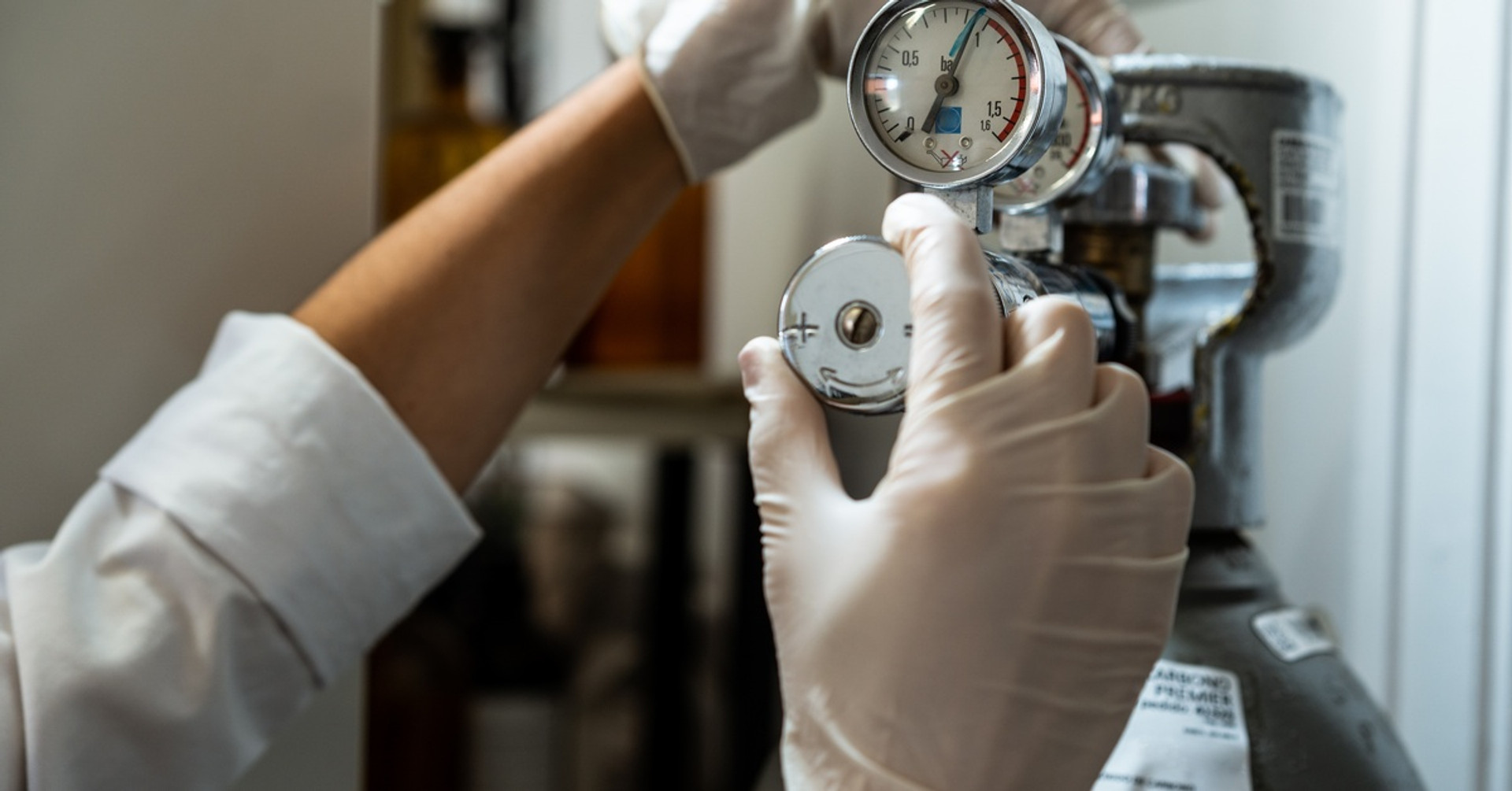Lab Gas Regulators: Brass vs. Stainless Steel Comparison
Selecting the correct gas regulator is crucial for maintaining the safety and integrity of your laboratory operations. Gas regulators control the pressure of gases from a high-pressure source, delivering them at a usable and consistent lower pressure. This listicle compares the differences between brass and stainless steel lab gas regulators to help you select the most suitable material for your specific applications.
1. Brass Regulators: Properties and Applications
Brass, an alloy of copper and zinc, is a common material for gas regulators due to its durability and cost-effectiveness. It can handle non-corrosive gases like nitrogen, argon, and helium. Laboratories often use brass regulators for general-purpose applications where the gas stream is inert. However, brass is not recommended for use with corrosive gases, as it can react and degrade over time.
2. Stainless Steel Regulators: Properties and Applications
Stainless steel regulators, typically made from 316L stainless steel, offer superior performance for demanding laboratory conditions. This material provides high purity and excellent corrosion resistance, making it ideal for applications involving high-purity and corrosive gases. You will often find stainless steel regulators used with reactive gases, toxic gases, and sensitive analytical instrumentation where gas purity is paramount, such as with certain calibration gas mixtures.
3. Corrosion Resistance Comparison
Stainless steel possesses significantly higher corrosion resistance than brass. While brass regulators perform well with inert gases, they are susceptible to damage from moisture and corrosive gases, such as ammonia or chlorine. In contrast, the chromium oxide layer on stainless steel provides robust protection against a wide range of corrosive substances, making it the preferred choice for handling reactive calibration gas mixtures and operating in harsh environments.
4. Cost Comparison
Cost is a major differentiating factor between these two materials. Brass regulators are considerably more affordable than their stainless steel counterparts. For applications involving non-corrosive gases, brass offers a reliable and economical solution. The higher price of stainless steel regulators reflects their enhanced durability, purity, and resistance to corrosion, which are necessary for specialized and high-stakes laboratory work.
5. Gas Compatibility
Compatibility with the specific gas is a crucial factor. Brass is compatible with most inert gases but can react with acetylene or high-purity ammonia. Stainless steel exhibits broader compatibility, safely handling a wide spectrum of gases, including corrosive, toxic, and high-purity gases. When working with sensitive calibration gas mixtures, stainless steel prevents contamination and preserves the integrity of the gas.
6. Maintenance and Lifespan
Both regulator types require routine inspection and maintenance; however, their lifespans can vary depending on the application. A brass regulator, when used with an appropriate inert gas, can last for many years. A stainless steel regulator typically offers a longer service life, particularly in corrosive environments, due to its robust material properties. Proper purging and regular checks extend the lifespan of any regulator.
7. Safety Considerations
Using the correct regulator material is a fundamental aspect of laboratory safety. Using a brass regulator with a corrosive gas can lead to regulator failure and a dangerous gas leak. Stainless steel provides an added layer of safety when handling hazardous or reactive gases. Always verify material compatibility with the gas being used by consulting safety data sheets and manufacturer guidelines.
Choosing between brass and stainless steel depends on your specific needs regarding gas type, purity requirements, and budget. For applications that demand high purity and corrosion resistance, stainless steel is the superior choice. For general use with inert gases, brass provides a functional and cost-effective option. If you have questions about which regulator is right for your calibration gas standards, contact MESA Specialty Gas. Our experts can provide the guidance and high-quality custom calibration gas mixtures your laboratory requires. We look forward to hearing from you.

